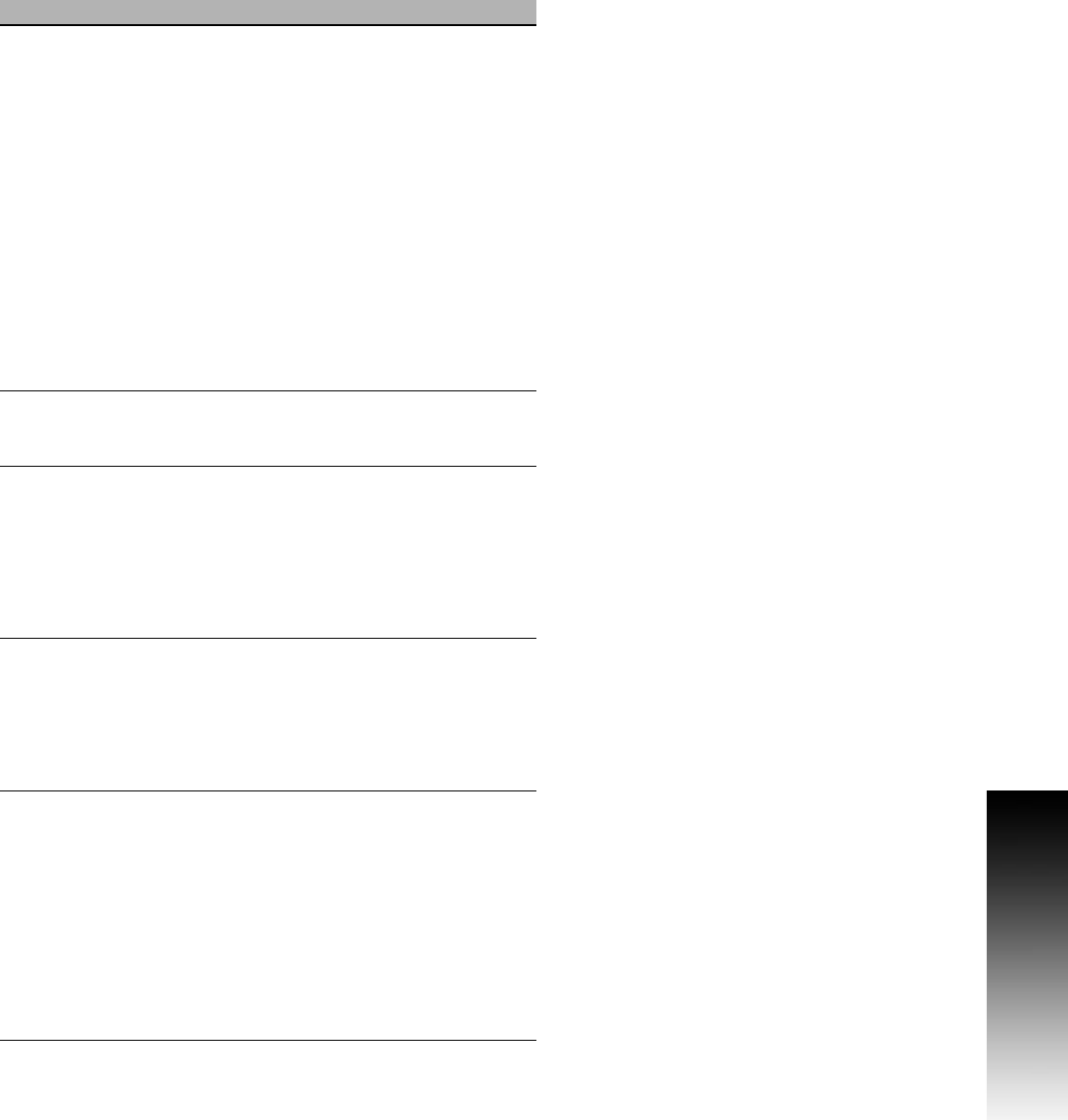Manual
Table Of Contents
- Controls of the 3500i
- Manual Information
- Introduction
- Machining Fundamentals
- Manual Data Input
- Tool Management
- 4.1 Tool Table
- 4.2 Tool Data
- Program Management
- Conversational Editing
- Programming: Canned Cycles, sub-programs
- 7.1 Explaining Basic Cycles
- Round/Chamfer
- Rapid
- Line
- Arc
- Dwell:
- Plane Selection
- Reference Point Return:
- Fixture Offset (Work Coordinate System Select):
- Unit (Inch/MM)
- Dimension (Abs/Inc)
- Absolute Zero Set
- Block Form
- Temporary Path Tolerance
- System Data
- FeedRate
- FeedRate (4th-Axis)
- Spindle RPM
- M - Functions
- Tool Definition and Activation
- Repeat Blocks
- 7.2 Canned Cycles
- 7.3 Probing Cycles
- 7.4 Sub-programs
- 7.1 Explaining Basic Cycles
- Drawing Programs
- Running a Program on the Machine
- CAM: Programming
- 10.1 CAM Programming
- CAM Mode
- Recommended CAM Programming Sequence
- CAM Mode Mouse Operations
- CAM Mode Screen
- Activating CAM Mode
- Creating a New Program
- Tool Path Data Input
- Quick Coordinate Entry
- Job Setup: Basic tab
- Job Setup: Advanced tab
- Comment Tab
- Block Form: Basic tab
- Comment Tab
- Drilling Cycle:
- Drilling dialogue:
- Mill Cycle
- Pocket Cycle
- Pocket Finish Cycles
- Engraving Cycle
- Program Directive
- Modifying Toolbar
- Viewing Tools
- CAM Mode buttons
- CAM Setup
- Geometry
- DXF Import Feature
- Modifying Tools
- Shapes
- Tool Table
- Tool Paths
- CAM Example 1
- CAM Example 2
- 10.1 CAM Programming
- G-Code Edit, Help, & Advanced Features
- 11.1 G-Code Program Editing
- 11.2 G-Code and M-Code Definitions
- 11.3 Edit Help
- 11.4 Advanced Programming
- SPEED
- M - Functions
- Order of Execution
- Programming Non-modal Exact Stop:
- In-Position Mode (Exact Stop Check):
- Contouring Mode (Cutting Mode) :
- Setting Stroke Limit:
- Return from Reference Point:
- Move Reference from Machine Datum:
- Modifiers
- Block Separators
- Tool Offset Modification
- Expressions and Functions
- System Variables
- User Variables
- Variable Programming (Parametric Programming)
- Probe Move (G31)
- Conditional Statements
- Short Form Addressing
- Logical and Comparative Terms
- File Inclusion
- 11.5 Four Axis Programming
- Software Update
- Off-Line Software

ACU-RITE 3500i 233
7.3 Probing Cycles
Field Code Description
EstAngle S Estimated amount of angle from 3 O'clock.
Default is 0 which causes the cycle to find
the angle of the back edge of the part
starting its first pick in the upper-left corner
and making the second pick to the left of
that, as you are facing the surface being
picked. Examples:
S=90 would start in the lower-left side,
picking in the X positive direction, finding
the skew of the left side of the part.
S=-90 would start in the upper-right side,
picking in the X negative direction, finding
the skew of the right side of the part.
S=180 would start in the lower-right front
edge of the part, picking in the Y positive
direction, finding the skew of the front edge
of the part.
Default is: 0. (Optional)
DistPicks D The distance from the first pick to the
second pick. Default is: 2.0"
(50.8 mm) (Optional)
Top H If set to 1, the cycle finds the top of the part
before finding part skew angle. Default is: 0.
If H" is set to 1, the probe stylus should be
pre-positioned within 0.1" (2.54 mm) above
the part. If H is set to 0, the probe stylus
should be positioned at the Z-axis depth
from which you want to make side picks.
(Optional)
DistDown E The distance to go down from the top of
part to find part skew angle. This is only
used if H parameter is set to 1. Without any
E value, the cycle brings the probe stylus
center down past the top of the part after
finding the top, 0.1" (2.54 mm).
(Optional)
DistBack V Specifies the distance away from the edge
for the probe to fast feed to before trying to
find it. Default is: 0.1" (2.54 mm) if not set.
This would be used to make sure that the
cycle is picking from far enough away from
the edge so that it does not trigger the
probe prematurely when stepping over to
make the second pick.
Hint: If the S cycle parameter is relatively
accurate, this parameter is not needed
because the default is good enough.
(Optional)










